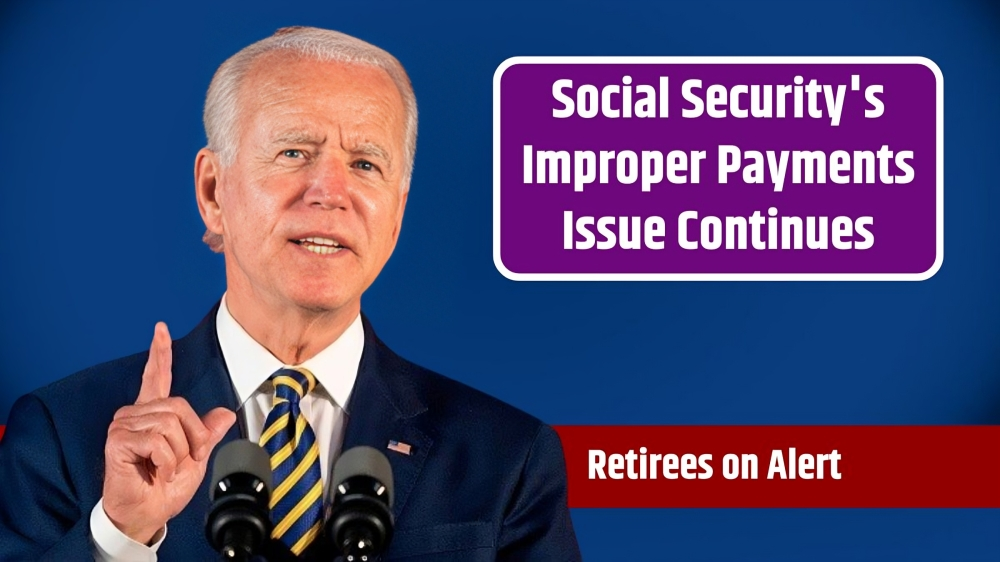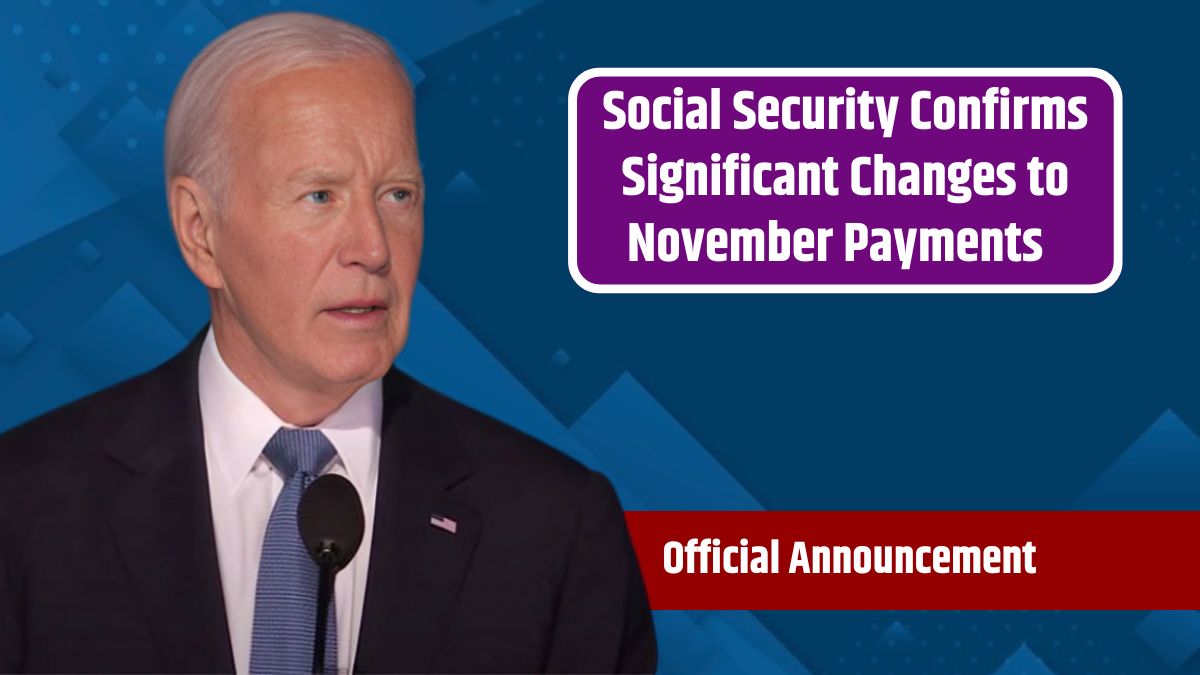The Social Security Administration (SSA) is facing increasing scrutiny over its persistent issues with improper payments, according to a recent report from its own watchdog, the Office of the Inspector General (OIG). This report highlights the SSA’s continued failure to address the problem effectively, despite recommendations aimed at reducing the billions of dollars lost to improper payments in recent years.
Extent of the Problem
Improper payments by the SSA have been a longstanding issue, encompassing both underpayments—where beneficiaries receive less than they are owed—and overpayments—where beneficiaries receive more than they are entitled to. From fiscal years 2015 through 2022, the SSA is estimated to have made nearly $72 billion in improper payments, with the majority being overpayments. By the end of fiscal year 2023, the uncollected overpayments had ballooned to $23 billion, highlighting the SSA’s ongoing struggle to manage these issues.
The OIG report stresses the need for the SSA to be a responsible steward of the funds entrusted to it by the public. It criticizes the agency for not implementing key recommendations that could have mitigated these losses. The OIG’s report asserts, “SSA must be a responsible steward of the funds entrusted to it by minimizing the risk of making improper payments and recovering overpayments when they occur.”
Recommendations
The SSA’s failure to adopt the OIG’s recommendations is a central concern. Since 2018, the OIG has urged the SSA to take corrective actions, including implementing a comprehensive debt management product. However, this initiative was abandoned in 2024 due to funding constraints, leaving the SSA without a robust system for managing overpayments.
Michelle L. Anderson, Assistant Inspector General for Audit and Acting Inspector General, emphasized the need for the SSA to take more decisive action, stating, “Improper payments have been a long-standing challenge for SSA. While the Agency has taken steps to address this challenge, it needs to do more.”
One recent OIG report underscored the severity of the problem, revealing that the SSA had made over $1.1 billion in improper payments to a sample group of 528,000 beneficiaries as of February 2024. The report also noted the inefficiencies in the SSA’s processes, with the average time to resolve an improper payment being a staggering 698 days. This lengthy processing time further exacerbates the financial burden on beneficiaries and hinders the SSA’s ability to recover funds.
Policy Changes
In response to the criticism and the growing concerns about the impact of overpayments on beneficiaries, the SSA has announced a change in its recovery practices. Previously, the SSA could recover the full amount of an overpayment by withholding 100 percent of an individual’s monthly Social Security benefit. This often led to severe financial hardship for beneficiaries, some of whom faced the risk of homelessness or inability to pay bills as a result.
Recognizing this issue, the SSA has decided to limit the amount it recovers from beneficiaries to 10 percent of their monthly benefit. This change is intended to reduce the financial strain on individuals who may have received overpayments through no fault of their own. SSA Commissioner Martin O’Malley emphasized the importance of this change, stating, “Social Security is taking a critically important step toward our goal of ensuring that our overpayment policies are fair and equitable and do not unduly harm anyone.”
Despite this adjustment, the SSA remains legally obligated to recover overpayments when they occur. An SSA spokesperson, in a statement to Newsweek, reiterated this duty, noting that the agency must uphold its responsibility to taxpayers and be good stewards of the trust funds.
The Path Forward
While the SSA has taken steps to address improper payments, the challenges highlighted by the OIG indicate that significant work remains. Without better access to data, increased automation, systems modernization, and potential policy or legislative changes, the SSA will continue to struggle with improper payments. The agency’s efforts to implement these changes will be critical in determining whether it can effectively manage and reduce improper payments in the future.
The ongoing scrutiny from the OIG and other stakeholders underscores the urgency of addressing these systemic issues. As the SSA moves forward, it will need to balance its responsibility to recover overpayments with the need to protect vulnerable beneficiaries from financial hardship.
FAQs
What are improper payments by the SSA?
They include both overpayments and underpayments to beneficiaries.
How much has the SSA lost to improper payments?
Nearly $72 billion from 2015 to 2022.
What recent change has the SSA made to its overpayment recovery policy?
They now limit recoveries to 10% of a beneficiary’s monthly payment.
Why did the SSA abandon the debt management initiative?
It was abandoned in 2024 due to a lack of funding.
What is the SSA’s obligation regarding overpayments?
They are legally required to adjust benefits or collect debts when overpayments occur.









